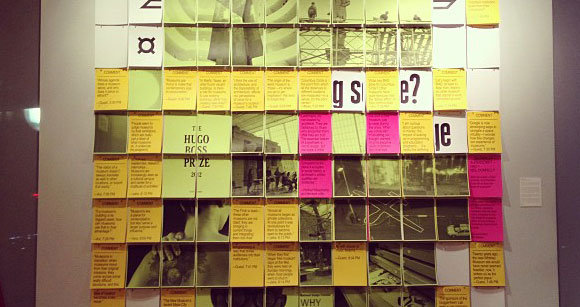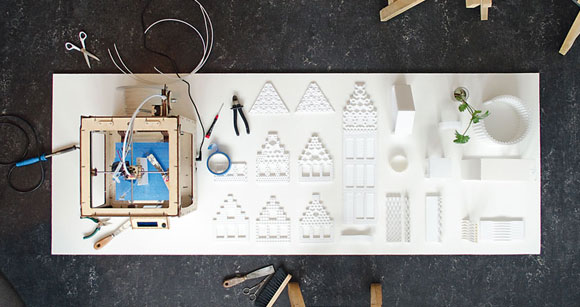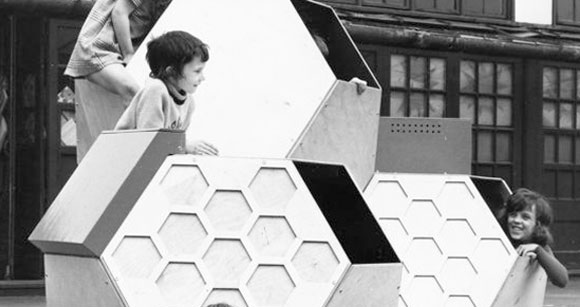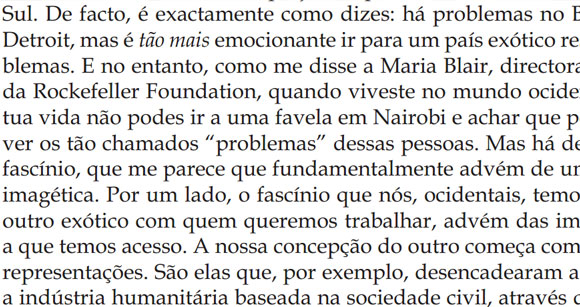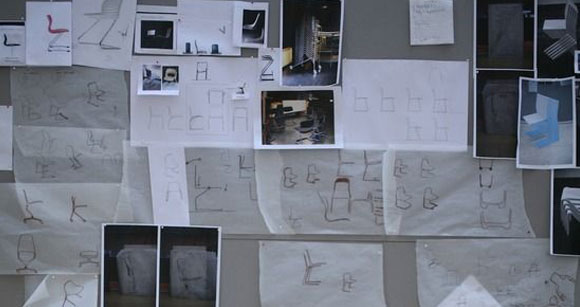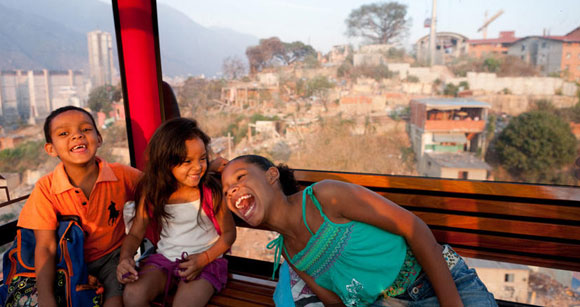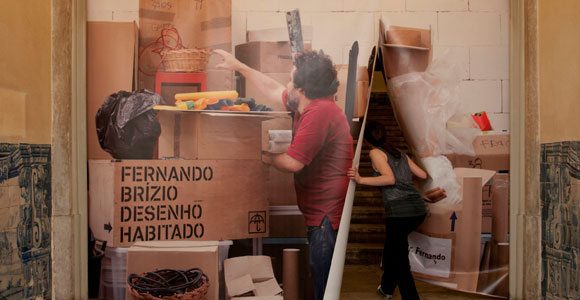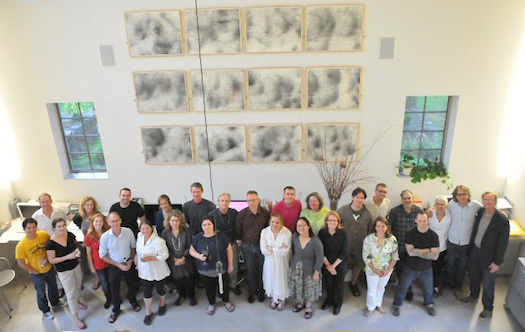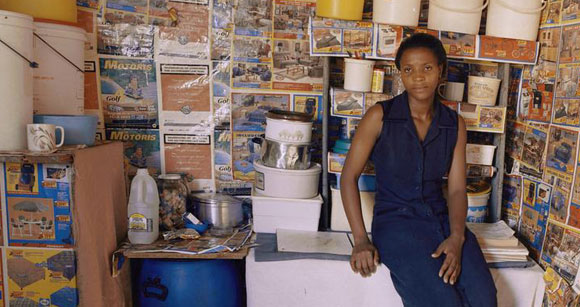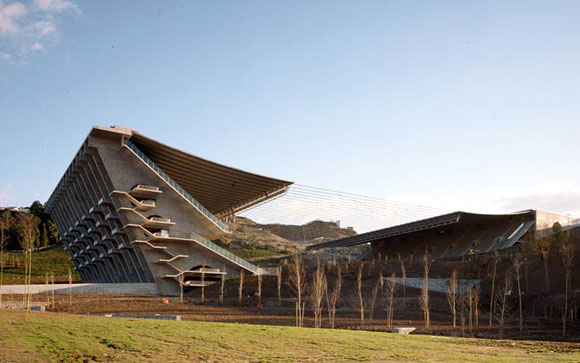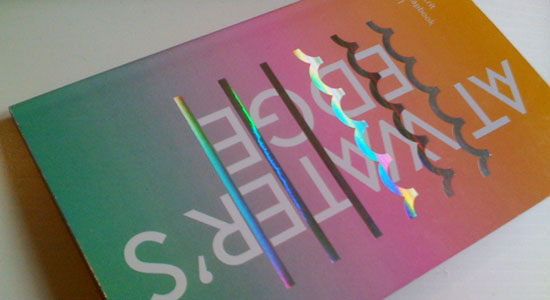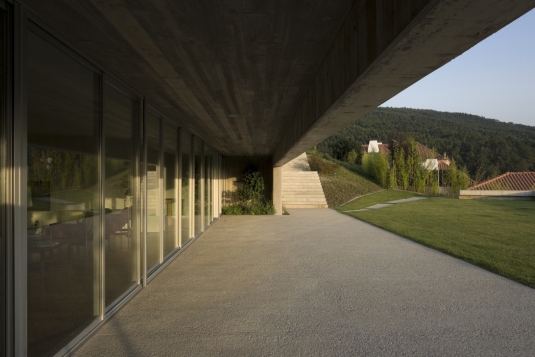
MTA token machine, used 1954-1975.
This essay was written for D-Crit’s “Researching Design” class by Steven Heller. Students are forbidden to use Google or any search engine in their research projects, and discover the joys of archives and libraries again. Starting today, I will be posting a weekly essay from my two years at D-Crit.
In a morning like any other morning, you might leave your apartment, walk two blocks to the subway, hope to find a seat in the crowded car and dodge standing passengers while getting out of the car into the station of your choice. The period of time you spend in the subway is uneventful. You read, listen to music, stare into space.
On that particular morning, I was staring into the void after checking out everybody’s shoes, when the PA announcer started trailing off the usual audio script. “Have a good day,†she said. “It’s Friday, almost the end of the week. Have yourself a good weekend, too. Don’t forget to take all of your belongings with you, and please mind the gap between the train and the platformâ€. This nice interlude woke me from my trance, and I noticed everybody on the train car was smiling.
“Even the conductors sometimes embellish the PA ads,†Doris Halle pointed out to me, over the telephone. According to Ms. Halle, formerly Chief of Corporate Design at the Metropolitan Transit Authority, the people that spend so much time underground in the New York City Subway, whether conductors, station agents or booth agents, find a way to make the subway system a little bit theirs, too. Whether a message written for the day on the station booth, or a sign posted on the platform columns indicating which way to go during a weekend traffic change, MTA staff adds on to the existing subway signage system, in complex, humorous, and whimsical ways.
These characteristics were first apparent to me when I looked at the token machines on display at the MTA Transit Museum. One of them stood out immediately. It was red and black, simple in its rectangular lines, and heavily customized during the period of 1954 to 1975, when it was in use. During this period, the fare amount increased four times, from 15 cents in 1954, to 35 cents in 1972, and several changes had been made to the amount that should be inserted in the machine. By adding tape, painting arrows or sticking hand-cut letters, the machine had evolved through time, becoming a hybrid object that told the story of the people that had customized it. The details were gritty and unkempt, but the additions had been done with care and some amount of logic. This was undoubtedly the product of the intense labor of some MTA employee.
Customized out of necessity, this token machine existed completely out of synch of the rest of the subway signage system. But when had the MTA staff first started intervening in the signage system? And had these interventions been consistent throughout time?
Continue reading Tracing Ephemera
